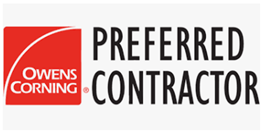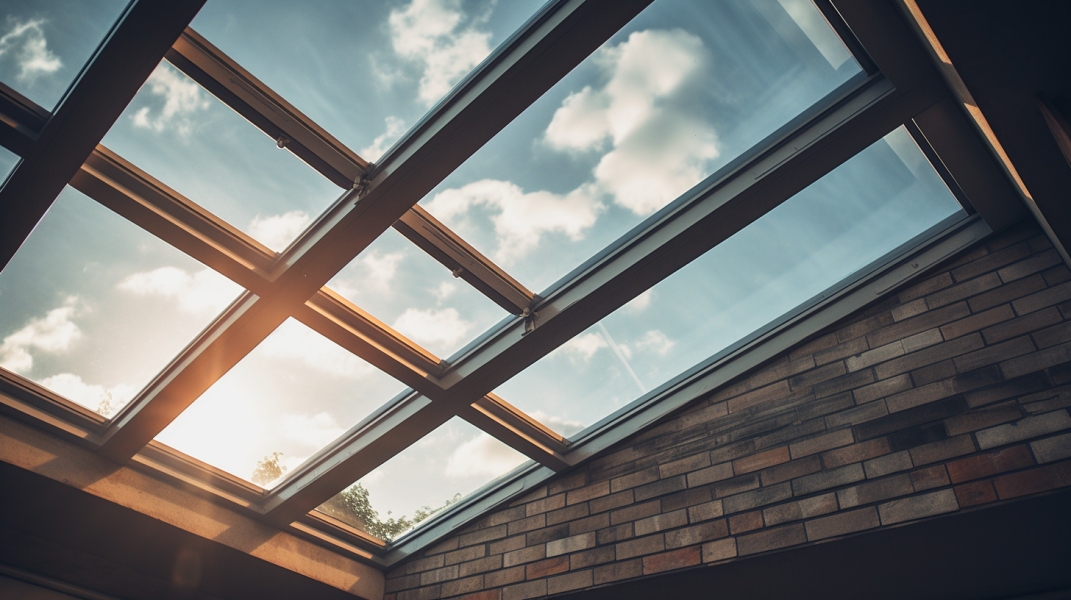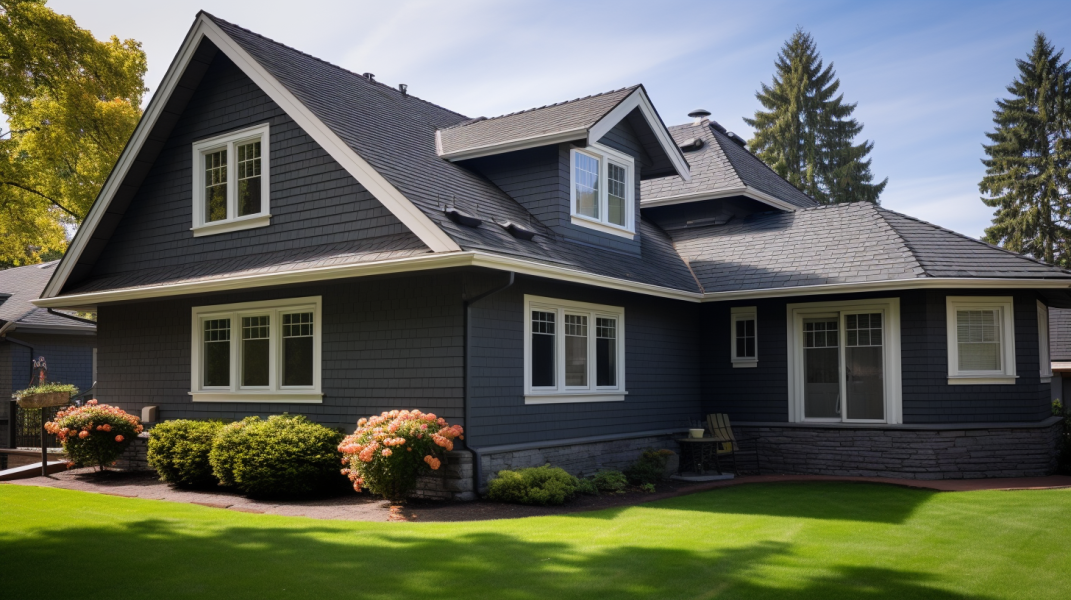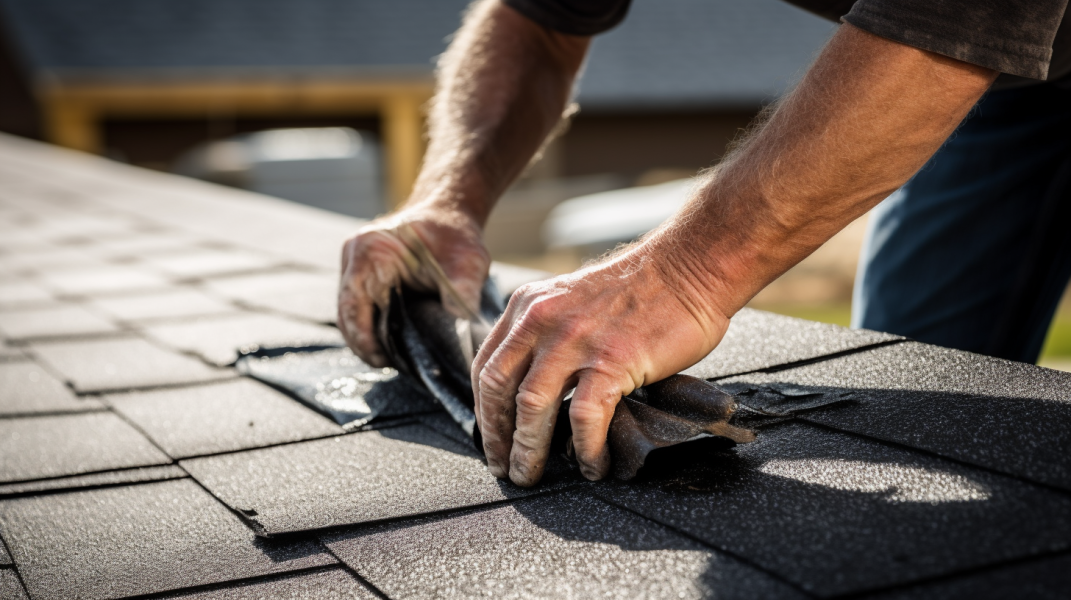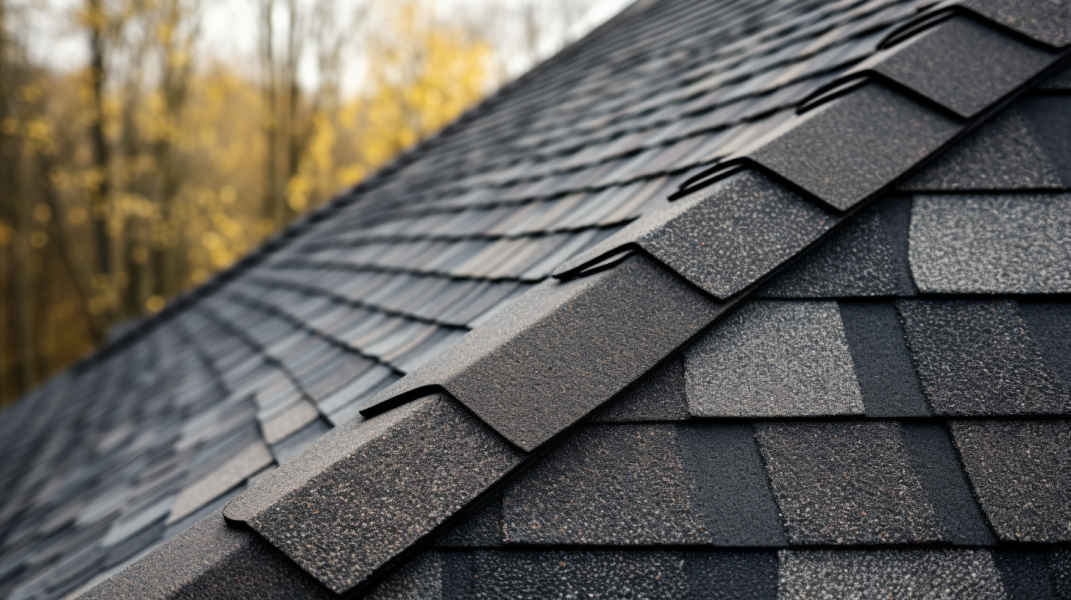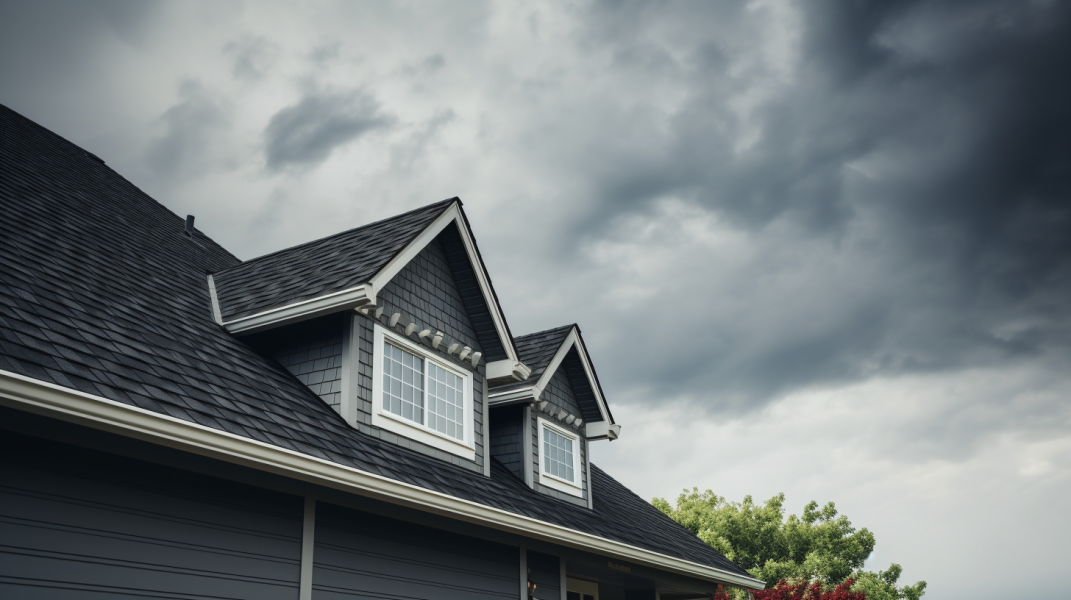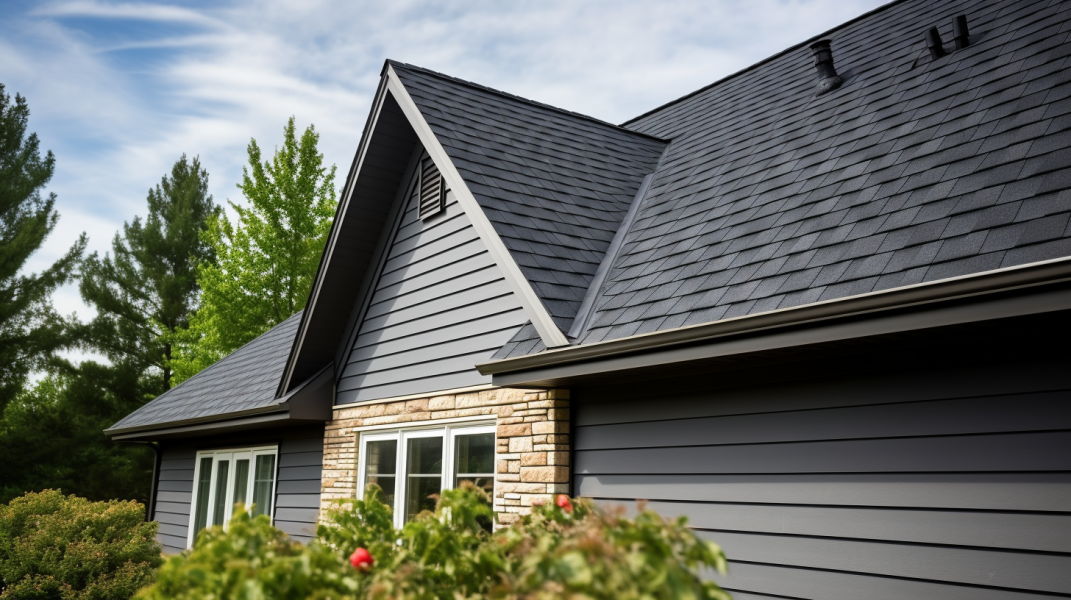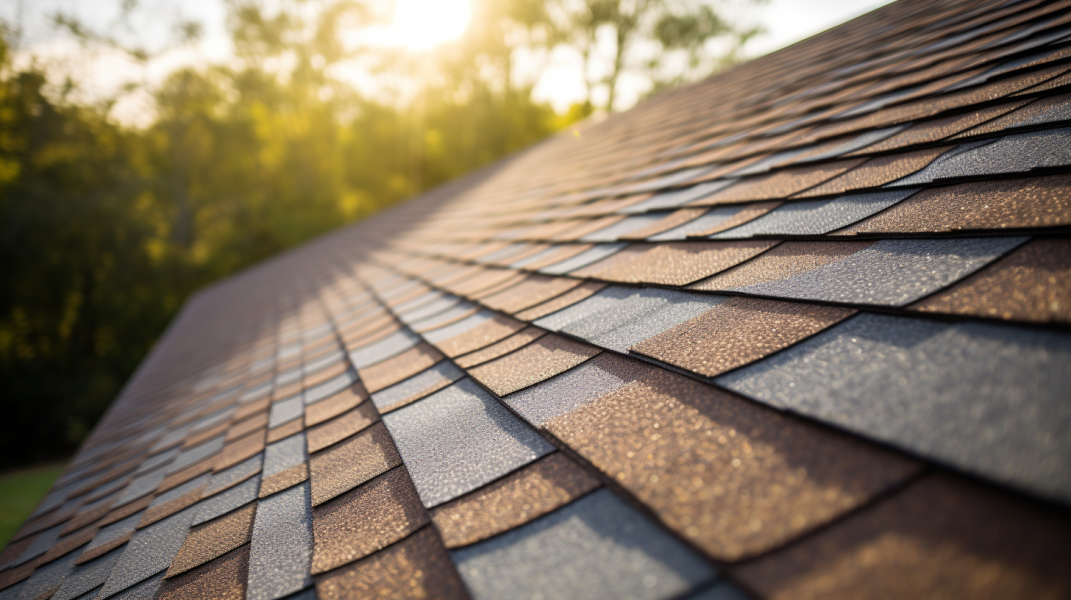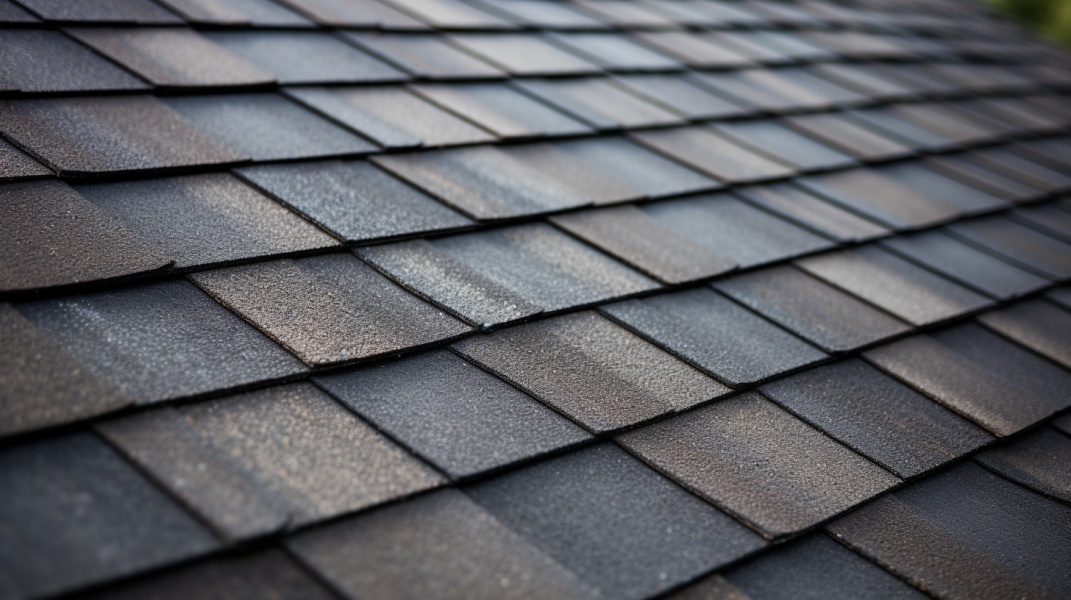Does Homeowner Insurance Cover Roof Leaks?
When protecting your home, having a reliable homeowner insurance policy is essential. But what about those unexpected roof leaks? Does your insurance cover them?
Read on to find the answers.
What is Homeowner Insurance?
Homeowner insurance is a type of property insurance that covers damages to your home and its contents. It typically includes protection against fire, theft, and certain natural disasters. Your policy's specific coverage and terms may vary, so it's essential to review your policy documents or consult with your homeowners insurance company to understand the extent of your coverage.
What Many Homeowners Insurance Policies Include
Standard homeowners insurance policies cover various scenarios beyond roof leaks. Here are six examples of situations that are often included in homeowner insurance coverage:
Earthquakes
A homeowners insurance policy may provide coverage for damages caused by earthquakes. Since earthquakes can lead to significant structural damage, having this coverage can offer peace of mind in areas prone to seismic activity.
Animal Damage
If your home sustains damage from animals such as rodents or pests, some homeowner insurance policies may cover the costs of repairs. This includes damages caused by animals entering your home through the roof.
Fungus Damage
Good homeowners insurance cover roof damages from fungus, mold, or mildew growth in your home. These damages can occur due to water leaks or excessive moisture, which may also contribute to roof leaks. But this is only possible if the mold is a result of a covered roof leak, unless you did not claim it in good time. This means most insurance companies do not cover roof leaks caused by the growth of mold in natural damp places, unless it comes as an endorsement.
Fire and Smoke Damage
A great homeowners insurance covers damages caused by fire and smoke. If a fire in your home damages the roof, resulting in leaks, your policy should cover the necessary repairs. A good homeowners insurance cover will extend to your roof replacement cost in case of severe damages.
Burst Pipes
Most homeowners insurance policies offer coverage when pipes in your home burst and cause water damage, including roof damage issues like leaks. This includes repairing the plumbing and addressing the resulting water damage.
Vandalism or Theft
In the unfortunate event of vandalism or theft at your property, homeowner insurance policies often cover damages caused during the incident. If the roof sustains damage as a result, the policy should include coverage for repairs.
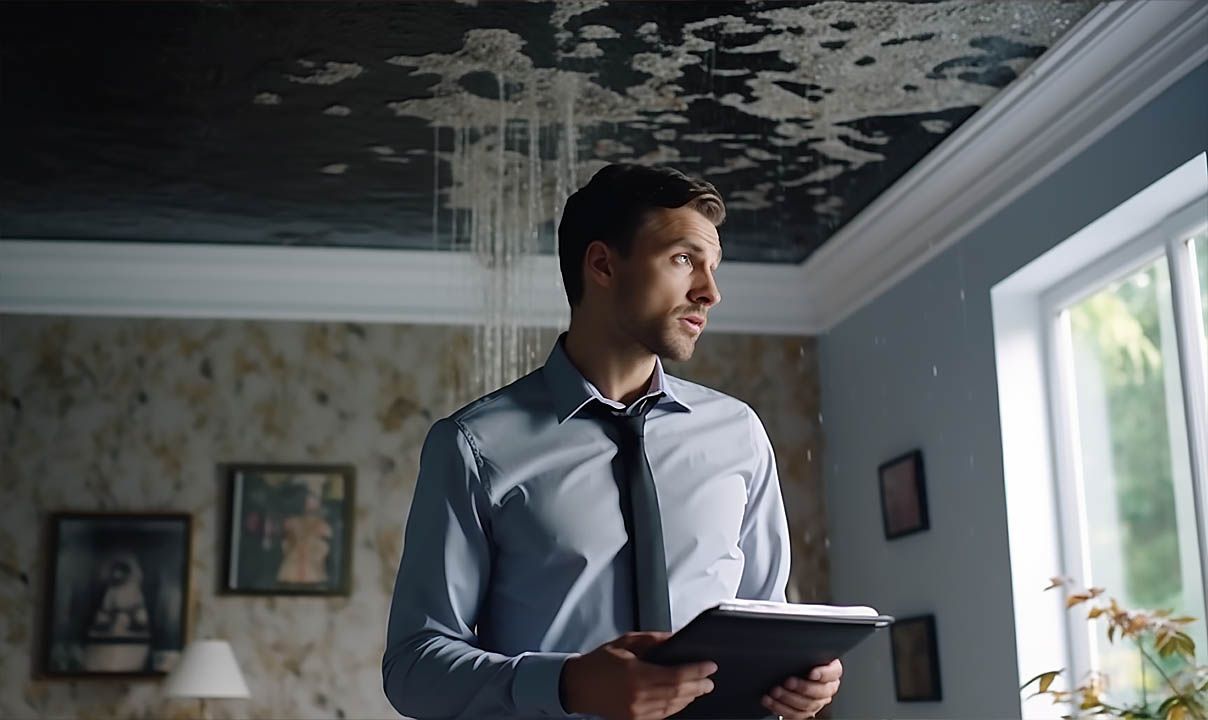
Does Homeowner Insurance Cover Roof Leaks?
The answer to whether homeowner insurance covers roof leaks depends on the circumstances surrounding the damage. While policies differ, many homeowner insurance policies do provide coverage for roof leaks under specific conditions. Let's take a closer look at some situations where your homeowner insurance may cover roof leaks.
Electrical Short Causing an Attic Fire
If an electrical short circuit in your home causes a fire in the attic, leading to roof leaks, your homeowner insurance may cover the damages. In such cases, the policy typically covers both the fire damage and subsequent water damage resulting from the roof leaks.
Debris or Tree Creates the Leaks
Suppose a falling tree or debris from a storm damages your roof and results in leaks. In that case, your homeowner insurance may cover the costs associated with repairing the roof and addressing any water damage caused by the leaks.
Hailstorm Puncture
When a severe hailstorm causes damage to your roof, resulting in leaks, your homeowner insurance policy may provide coverage for the repairs and any subsequent water damage. It's important to note that some policies have specific provisions regarding hailstorm damage, so review your policy details is crucial.
Strong Winds Blow Some Shingles Off Your Roof
In instances where strong winds cause shingles to be blown off your roof, resulting in leaks, homeowner insurance policies often cover the repairs. This includes fixing the roof and addressing any resulting water damage.
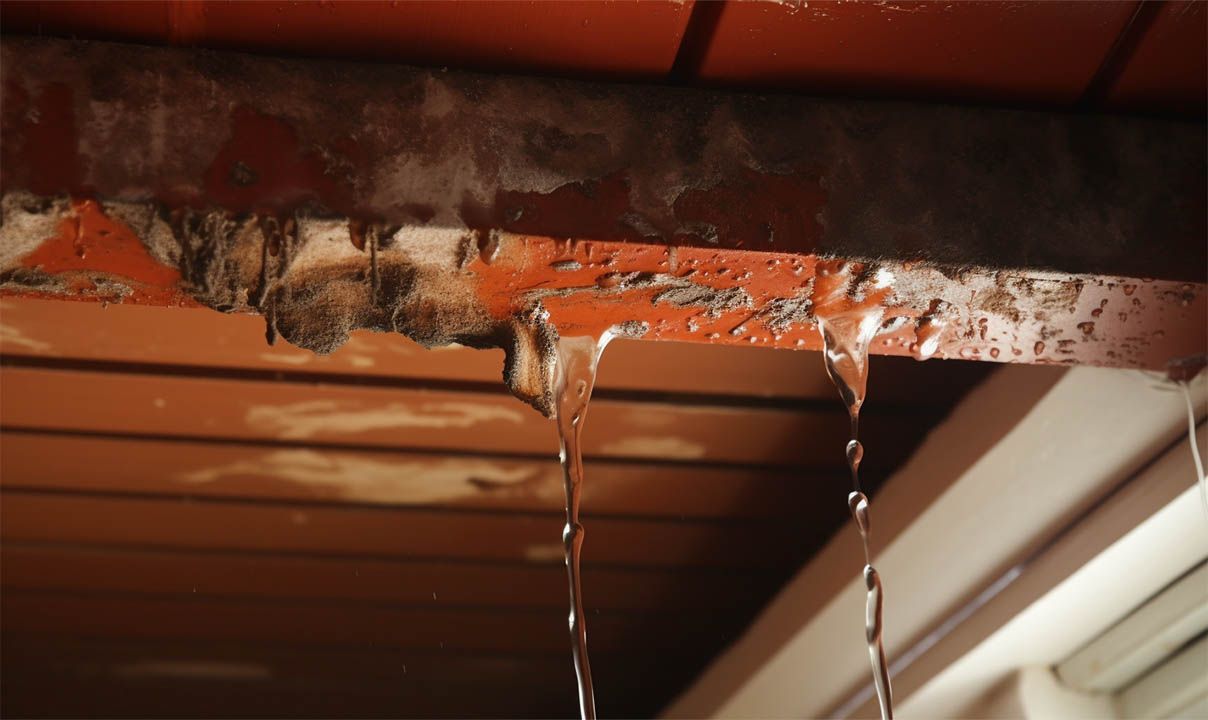
Causes of Roof Leaks Most Insurance Companies Don't Cover
While homeowner insurance policies may provide coverage for certain roof leaks, it's essential to be aware that there are several causes of roof leaks that most insurance companies typically exclude from coverage. Understanding these common exclusions can help homeowners make informed decisions and take necessary precautions to mitigate potential risks.
Here are some causes of roof leaks that are often not covered by insurance companies:
Wear and Tear
Insurance companies generally consider roof leaks resulting from wear and tear as a maintenance issue rather than an unforeseen event. Normal aging, deterioration, or degradation of roofing materials over time may lead to roof leaks. Since maintenance and repairs are the homeowner's responsibility, insurance companies typically exclude coverage for leaks caused by wear and tear.
Lack of Maintenance
Neglecting routine maintenance tasks such as cleaning gutters, removing debris, or inspecting the roof for damage can contribute to roof leaks. Insurance companies expect homeowners to maintain their roofs to prevent leaks properly. If a lack of maintenance is determined to be the cause of the leak, insurance companies may deny coverage for resulting damages.
Pre-existing Conditions
When the insurance policy is purchased, suppose a roof already has known issues or pre-existing damage. In that case, insurance companies may exclude coverage for any subsequent leaks resulting from those conditions. To avoid potential coverage limitations, it's essential to thoroughly inspect and address any existing roof problems before obtaining homeowner insurance.
Faulty or Improper Installation
Insurance companies may deny coverage if a roof leak occurs due to faulty or improper installation of roofing materials or systems. They typically expect roofs to be installed by qualified professionals following industry standards. Any leaks resulting from poor installation may be considered the responsibility of the contractor or installer rather than an insurable event.
Gradual Damage
Insurance companies often exclude coverage for leaks that occur gradually over time. For example, if water infiltration slowly damages the roof structure or causes leaks, it may be classified as gradual damage rather than a sudden and accidental event. Gradual deterioration is generally considered a maintenance issue and may not be covered by insurance.
Flood or Water Backup
Standard homeowner insurance policies typically exclude coverage for damages caused by flooding or water backup. It may not be covered if a roof leak directly results from flooding or water backup from sources such as heavy rain, rising water levels, or sewer system issues. Separate flood insurance or water backup coverage may be required to protect against these risks.
How Insurance Companies Look at Roof Leaks
When filing a claim for roof leaks with your insurance company, it's important to understand that insurance providers carefully evaluate each situation. This thorough validation process ensures that claims are handled fairly and in accordance with the terms and conditions of the policy.
Let's look closer at how insurance companies approach roof leak claims and the factors they consider during the assessment.
Assessment of the Cause of the Roof Leak
One of the first steps insurance companies take is to determine the cause of the roof leak. This involves investigating the circumstances that led to the leak and assessing whether it falls within the coverage parameters outlined in the policy. Insurance adjusters or inspectors may visit the property to inspect the roof and gather relevant information for an informed assessment.
Documentation and Evidence
To support your claim, insurance companies require proper documentation and evidence. This typically includes photographs of the damage, detailed descriptions of the incident, and any relevant invoices or receipts for repairs or mitigation efforts. Providing accurate and comprehensive documentation is crucial to assist the insurance company in its evaluation process.
Review of Policy Coverage
Insurance companies carefully review the policy's coverage to determine if the specific circumstances of the roof leak are eligible for compensation. They examine the policy's terms and conditions, including any exclusions or limitations related to roof leaks. This review helps insurance companies determine the extent of coverage and the maximum amount they can pay for the damages.
Verification of Maintenance and Negligence
Insurance companies may also look into the maintenance history of the roof and assess whether neglect or inadequate maintenance contributed to the leak. If it is determined that the roof's condition or lack of maintenance is a contributing factor, it may affect the claim's outcome. Regularly maintaining your roof and addressing any issues can help support your claim and increase the chances of a successful outcome.
Evaluation of Repair Costs
Insurance companies assess the reasonable cost of repairs or restoration necessary to address the roof leak. They may consult with contractors or professionals to estimate the expenses involved in fixing the damage. This evaluation helps insurance companies determine the appropriate amount of compensation to provide.
Consideration of Deductibles and Coverage Limits
Insurance companies also take into account the deductible specified in the policy and any applicable coverage limits. The deductible is the amount the policyholder is responsible for paying out of pocket before the insurance coverage kicks in.
Coverage limits define the maximum amount the insurance company will pay for a claim. Understanding these factors can help manage expectations regarding the amount of reimbursement you may receive.
Final Decision and Claim Settlement
After thoroughly validating the situation, reviewing the policy, assessing evidence, and considering all relevant factors, insurance companies decide whether to approve the claim. If the claim is approved, the insurance company will proceed with the settlement process, which may involve providing compensation for repairs, replacement, or any necessary remediation.
It's important to note that the claims process and evaluation may vary between insurance companies and policies. To ensure a smooth process and maximize your chances of a successful claim, it's advisable to promptly report the roof leak to your insurance company, provide accurate documentation, and cooperate fully during the assessment.
Conclusion
While every homeowner insurance policy is different, many policies do provide coverage for roof leaks under certain circumstances. It is essential to review your policy's specific terms and conditions to understand the extent of your coverage. In situations such as electrical shorts causing attic fires, falling trees or debris, hailstorm punctures, or wind-blown shingles, you may be eligible for compensation for both roof repairs and water damage.
Remember to consult with your insurance provider for detailed information on your policy's coverage to ensure your home is adequately protected. Also, work with a professional roofing contractor like Nova Home Improvement to make the process easier. They can assist with assessment, filing of paperwork for a homeowners insurance claim and repairs.


